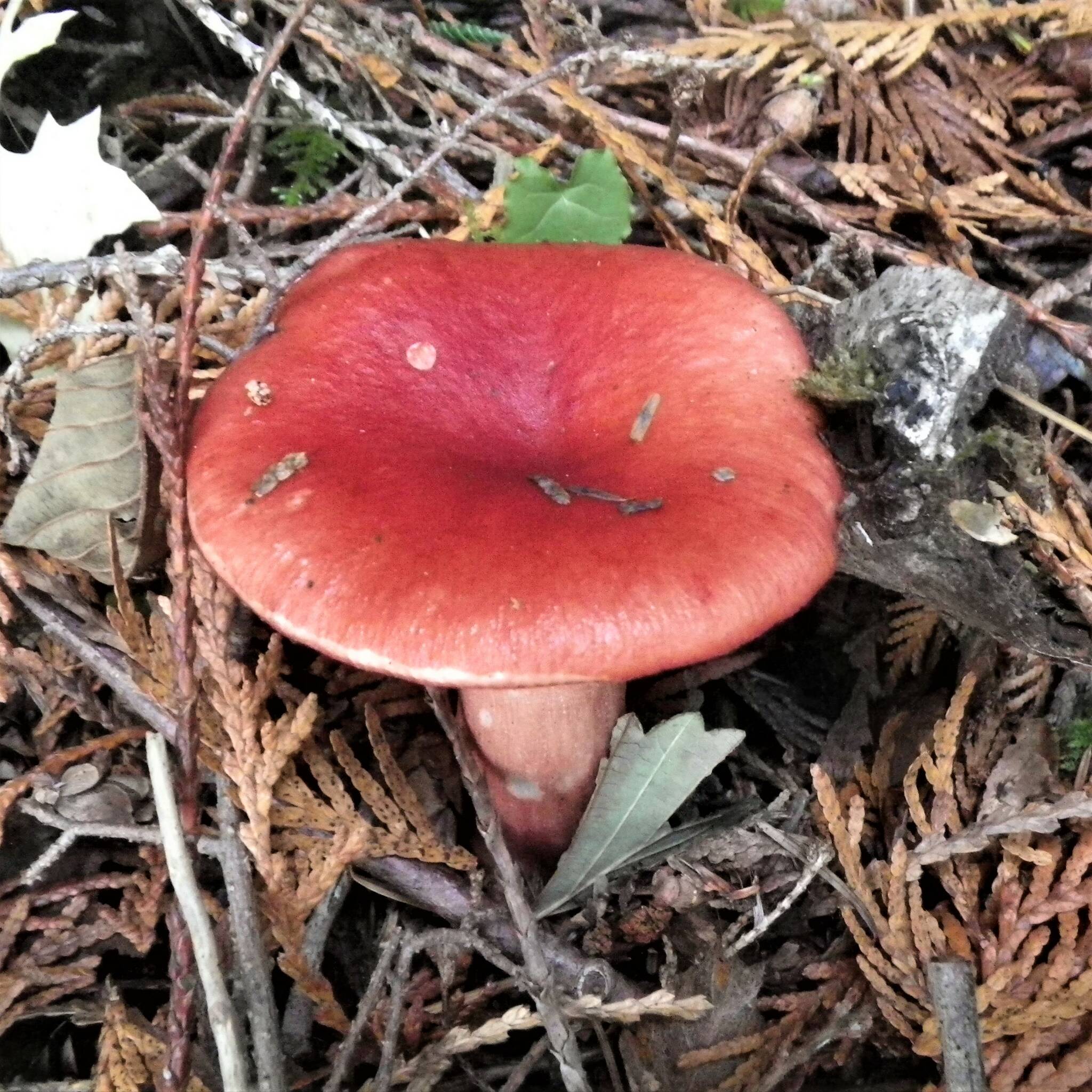by Russel Barsh
Director, Kwiaht
One of the most intriguing and worrisome signs of a changing climate in the islands is the decline of autumn mushroom harvests. For those of us that welcomed the first rains after Labor Day with a feast of local Chanterelles, Lobsters, Shrimp Russulas, Lactarias, and rare, exquisitely fragrant Matsutakes, the past six years have been disheartening. Fungal abundance and diversity have plummeted. Why has this happened, and what does it mean ecologically?
Mushrooms are the sexual reproductive organs of a very large and diverse group of fungi, the Basidomycota, with tens of thousands of described species worldwide. The “body” of the individual fungus (the mycelium) is a fibrous web of cells in the soil, inside the tissue of plants, or connecting the soil with the roots of plants.
The fungi appeared nearly a billion years ago. By that time, oceans were already filled with photosynthetic cyanobacteria. Fungi evolved to take advantage of this rapidly expanding food resource. They dismantle cells and recycle their elemental constituents. All they need is oxygen, water, and living or dead plant or animal cells to eat. Free-living fungi are responsible for many degenerative diseases in both marine and terrestrial ecosystems; but most fungi live inconspicuously underground.
In the Salish Sea region, our iconic conifer forests rely on fungi that connect to the roots of trees (mycorrhizae). These fungi collect, store and share rainwater and nutrients. They feed tree roots nitrogen, phosphorus and metals, and receive sugars in return. Fungi also feed native wildflowers on the forest floor such as Coralroots and Pinesaps that seek out mycelia with their roots and help themselves to sugars stored by the fungi (myco-heterotrophs).
Unlike plants and animals that tend to grow and reproduce on an annual cycle, fungi are unhurried. A mycelium buried in the soil beneath a Douglas fir forest in the San Juan Islands can grow and slowly connect more trees for centuries. Prior to industrial-scale logging and clearing, the life expectancy of a stand of island conifers before it blew down in a storm, washed away in a flood, or burned after a lightning strike, was about 500 years. Mycelia could afford to wait for years before investing in the production of fruiting bodies – mushrooms.
Our historical climate was largely driven by decadal-scale fluctuations in temperatures and precipitation, such as alternating El Niño-La Niña (ENSO) conditions. Cooler, wetter periods favored mushroom production and the dispersal of spores by wind, water, and insects such as “fungus flies” (Mycetophillidae) and ants. Fungi responded to a drought or early autumn freeze by delaying fruiting for another year. Or two. Or twenty. Meanwhile, their mycelia continued to live and spread, largely unseen.
Since the mid-2010s, the islands have suffered persistent long droughts that extend all the way to the first winter freeze. At the same time, we continue to clear woodlands for homes and “views”. Existing mycelia are disrupted and opportunities for them to fruit and regenerate have diminished. It is too early to determine whether we are witnessing a “pause” in Salish Sea fungal communities; the beginning of a shift in forest-community structure; or long-term fungal decline. Quite possibly all three are underway.
Replacement of historical woodland trees and fungi with species better adapted to new climate conditions could take centuries. The feasibility (and the risks) of accelerating this natural process by introducing plants and their fungal partners from other biomes are largely unknown. The Pacific coastal Manzanita offers an intriguing case study. Manzanitas are found today in two isolated patches in the islands: near the summit of Mount Constitution and on Eagle Cliff, Cypress Island. Both sites are well-drained, very dry most of the year, with early fall freezes characteristic of higher altitudes in our area. Should we distribute them more widely?
Manzanita has a mycorrhizal fungus, Leccinum manzanitae, that forms an edible bolete-type mushroom. It also is the host of no fewer than eight species of fungi that eat its living leaves. Proactive artificial dispersal of manzanita would benefit from encouraging the spread of its fungal partner, the bolete; but probably would also promote the dispersal and naturalization of several destructive “leaf-spot’ fungi that could affect the close relatives of manzanita such as Kinnikinnick and other Ericaceae, which include Salal.
Further study is needed. Meanwhile, we are bereft of our traditional fall fungal feast.




